HFT-GAMEPAD-API
This script emualtes the HTML5 Gamepad API using smartphones and HappyFunTimes. This enables you to easily use HappyFunTimes with any HTML5 game engine.

It's SUPER EASY TO USE
Just put the happyfuntimes-gamepad-emu.min.js
file somewhere and include it at the bottom of your HTML file
<script src="happyfuntimes-gamepad-emu.min.js"></script>
Or use it directly
<script src="http://cdn.happyfuntimes-extra.net/ctrl/$(version)s/happyfuntimes-gamepad-emu.min.js"></script>
- Then run happyfuntimes.
- Start your game
- Make sure your smartphone is on the same WiFi as the computer running your game
- On your phone's browser go to
happyfuntimes.net
In a moment the phone should connect to your game and offer a dpad and 2 buttons. You can connect any number of phones up to the limit of your WiFi setup.
WARNING!!! Will not work on a Corporate Network, Hotel, Internet Cafe. Most home networks should work
though. To test use a simulator on the same machine or open another browser window to
http://localhost:18679
It's safe to leave the script always on your page. If HappyFunTimes is not running locally the script as no effect.
NOTE!!!! NOTE!!!! NOTE!!!! NOTE!!!! NOTE!!!! NOTE!!!!
While this will work, if your game is not designed for HappyFunTimes you're probably going to be slightly disappoinetd. By that I mean if your game is expecting an XBox 360 / PS3 controller with 2 analog sticks, a dpad, 13 buttons you're probably not going to be happy with a single DPad and 2 buttons on a touch screen. Consider designing a game specifically for HappyFunTimes.
BE CREATIVE
The point of HappyFunTimes is to make NEW EXPERIENCES. What can you do with 16 to 30 players?
What this script does do is give you an easy way to get started. You can take any HTML5 engine that supports the Gamepad API, add this script and get HappyFunTimes support. Of course it's up to you to design a game that plays well with lots of players.
Once you get started please consider getting even more creative.
Download
Options
There's few options you can specify in your script tag. For example you can set the controller to 1 of 6 types using a script tag like
<script src="happyfuntimes-gamepad-emu.js" hft-options='{controllerType:"1dpad-1button"}'></script>
Controller Types:
1button
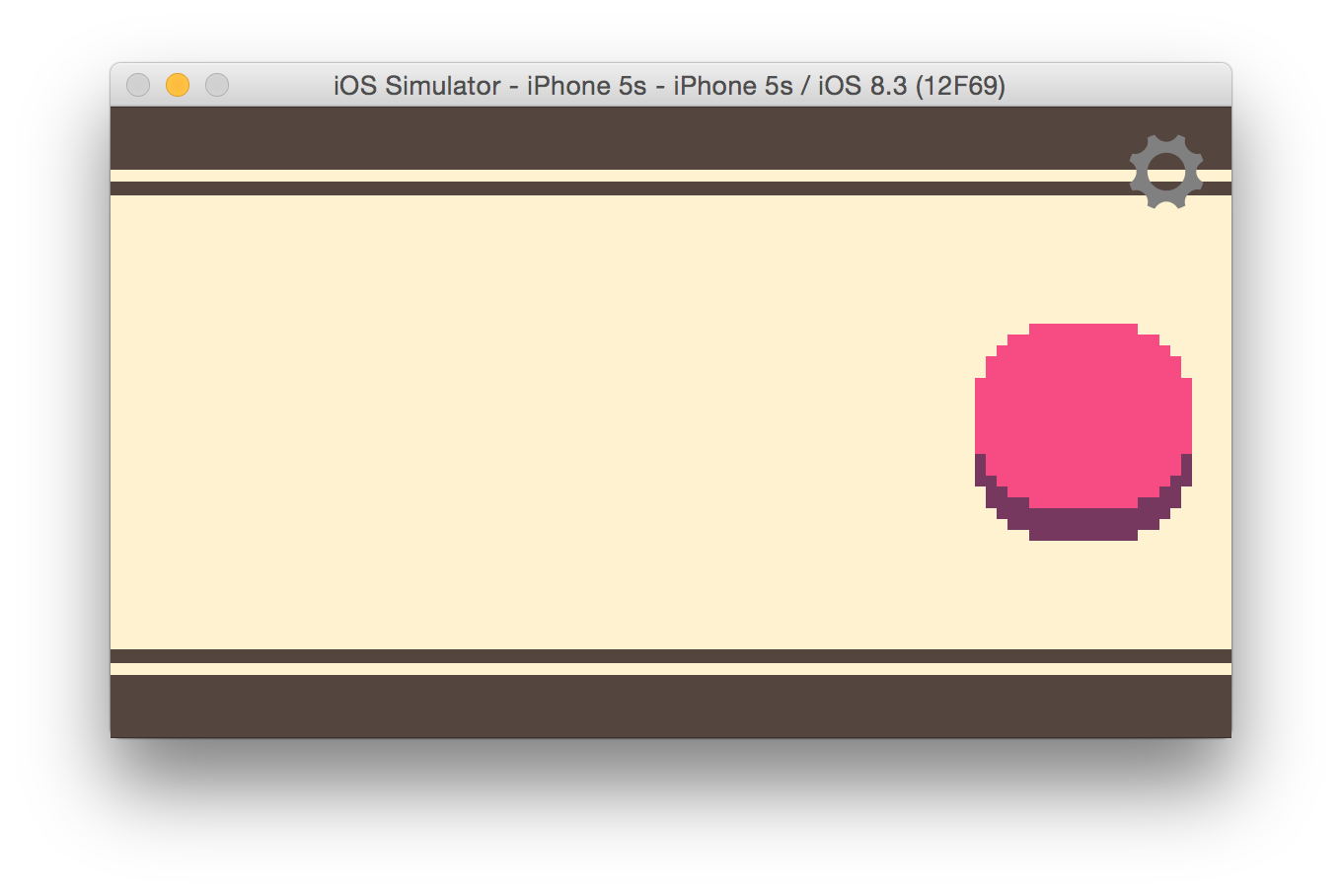
2button
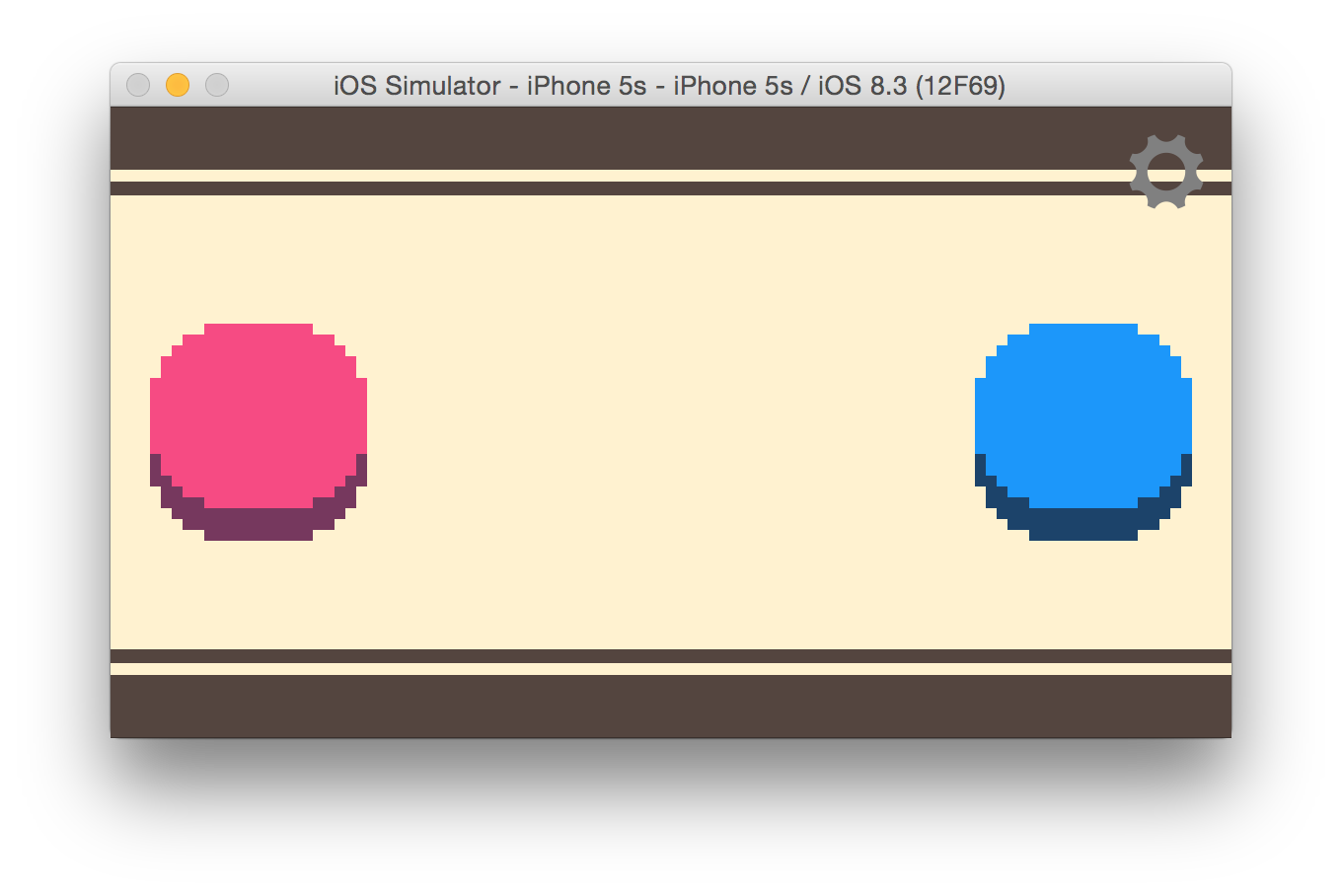
1dpad-1button
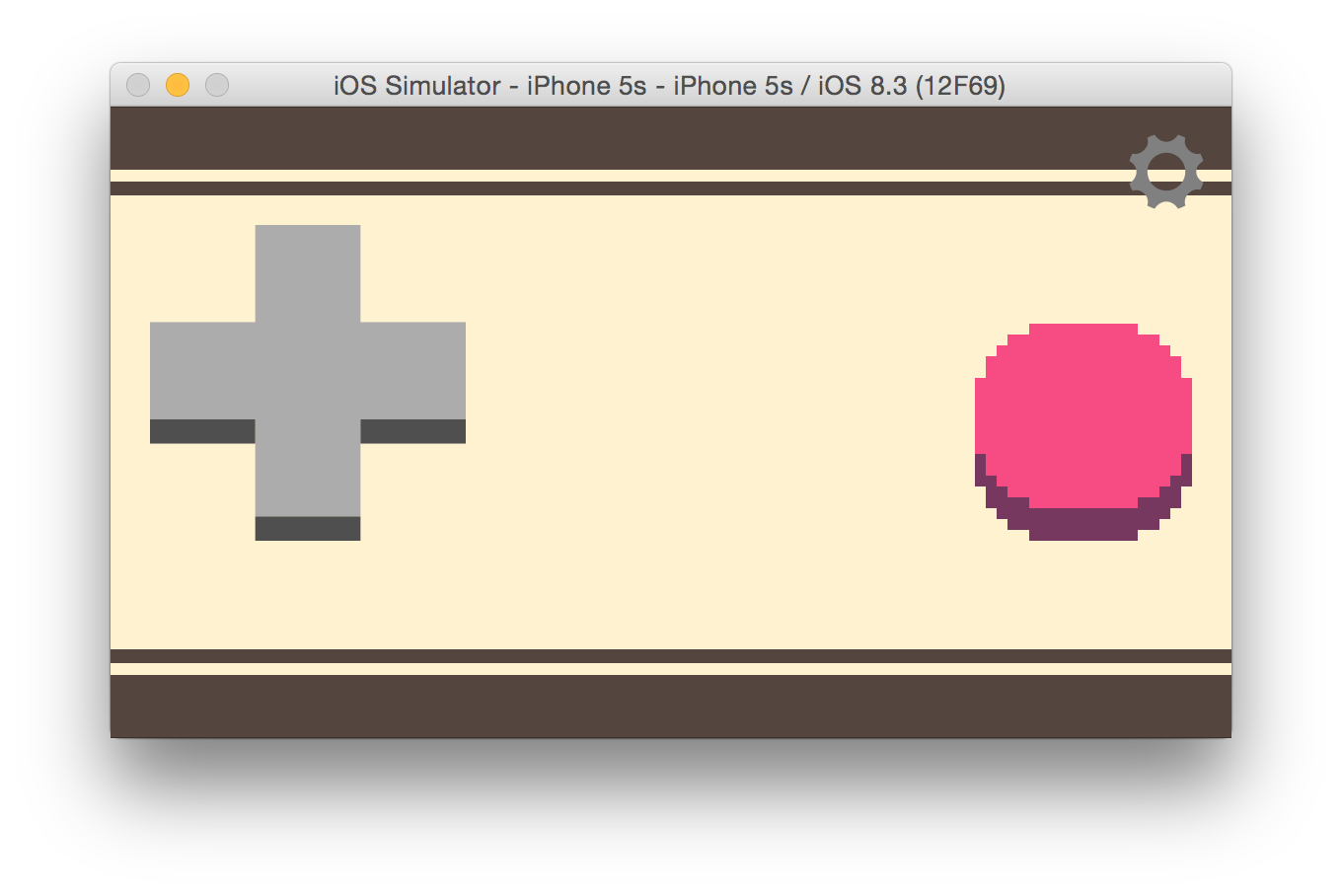
1dpad-2button

1dpad
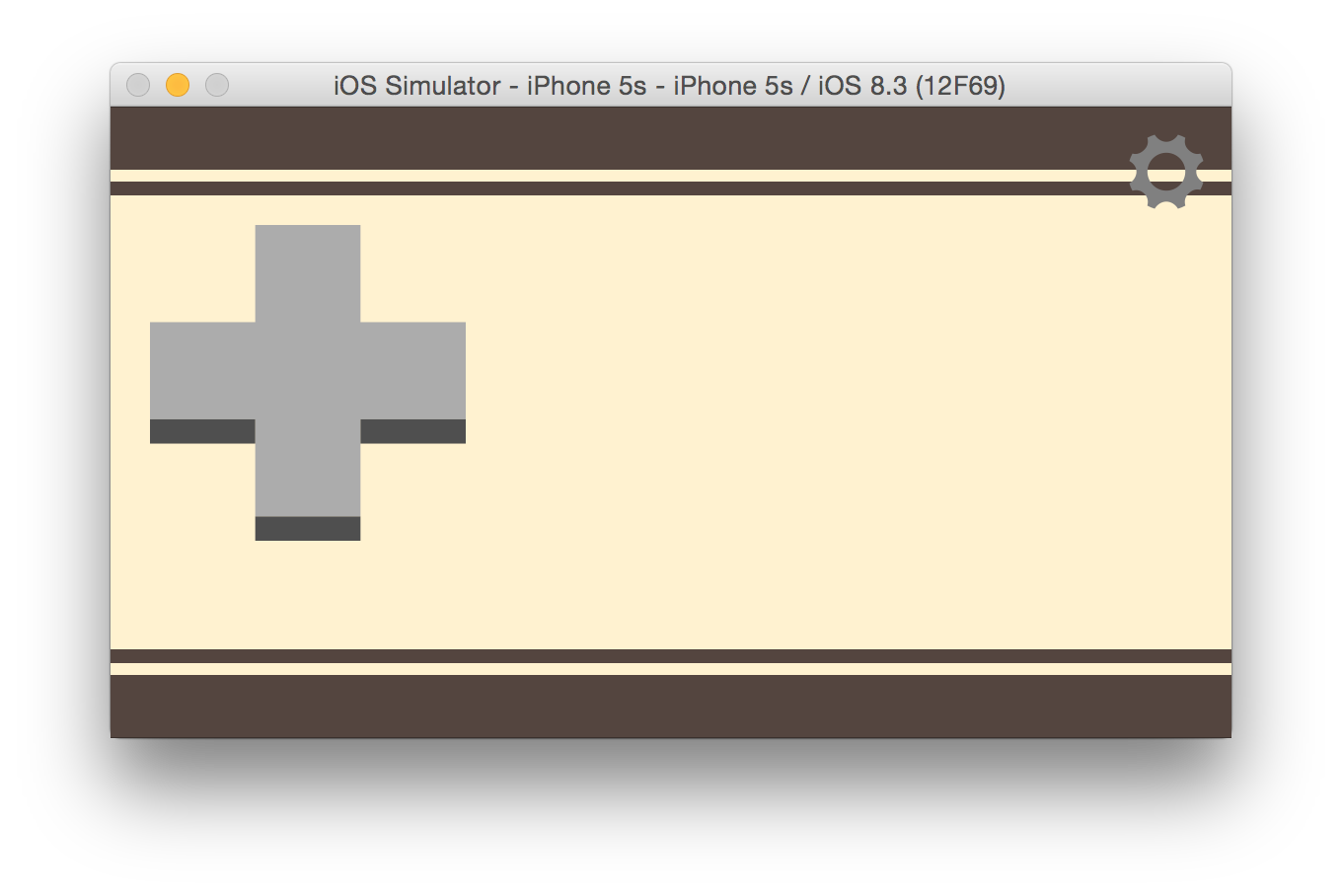
2dpad
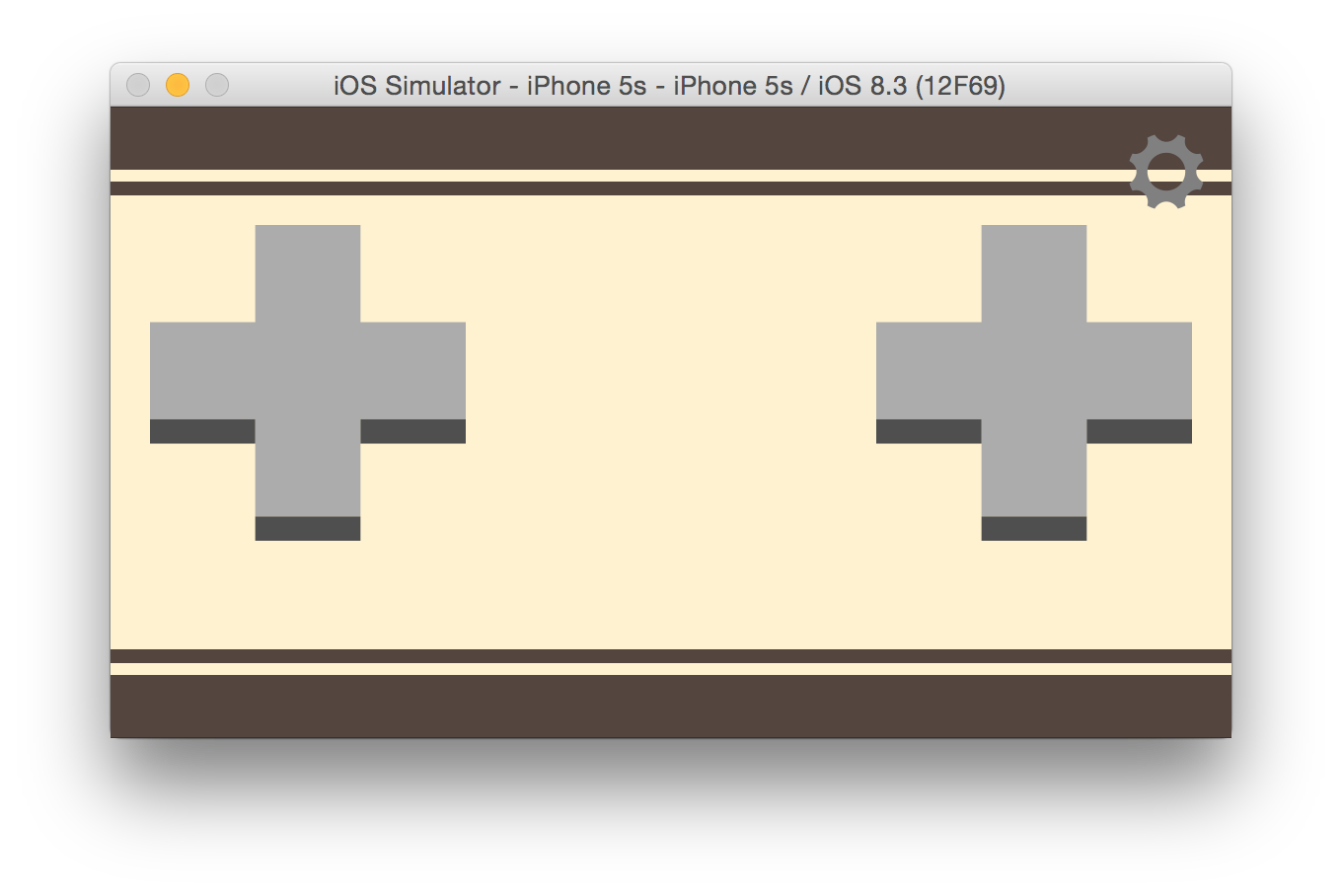
Note: 2dpad reports the 2nd dpad on
gamepad.axes[2]andgamepad.axes[3]as well asgamepad.button[16],gamepad.button[17],gamepad.button[18],gamepad.button[19]1lrpad-1button
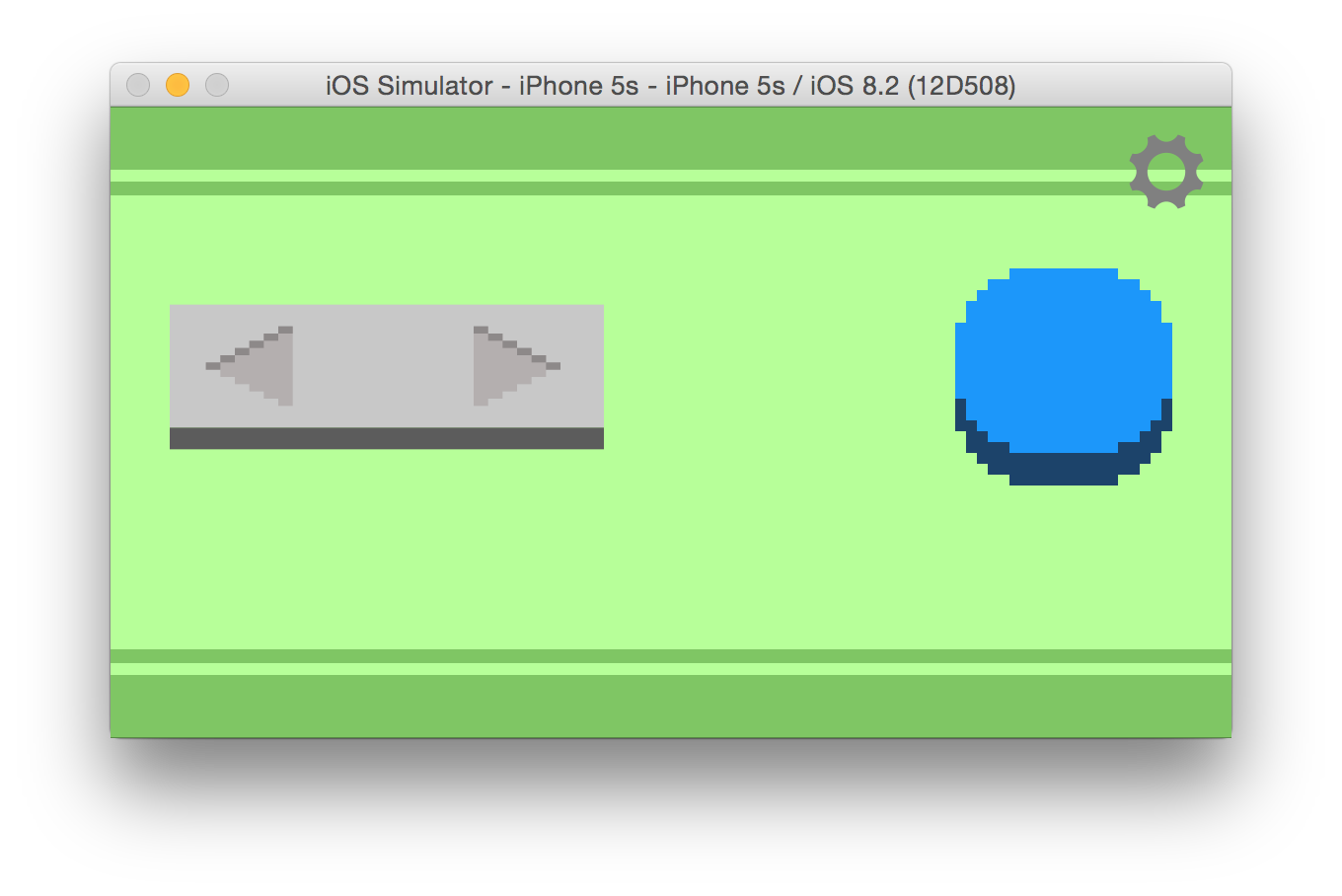
1lrpad-2button
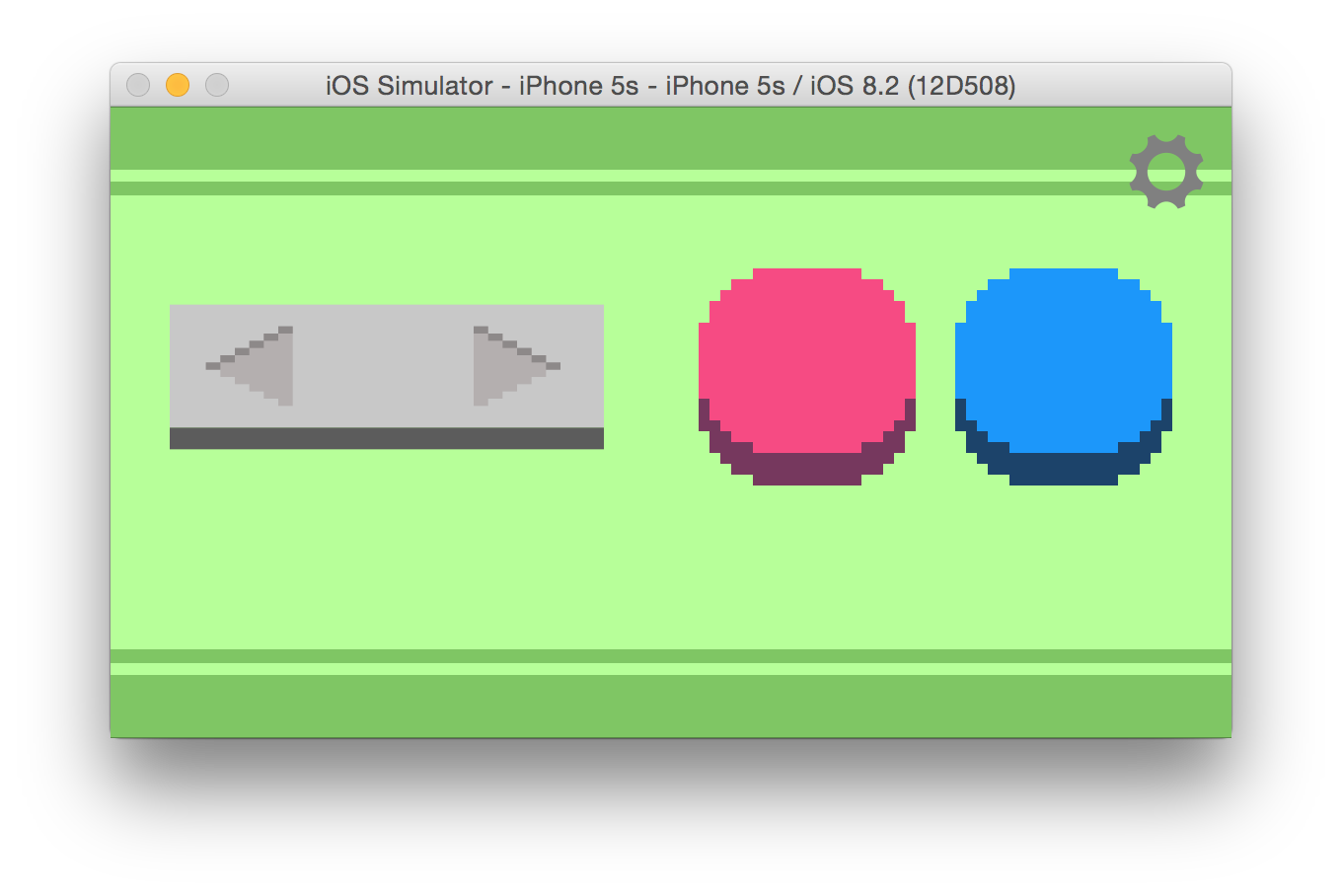
1lrpad
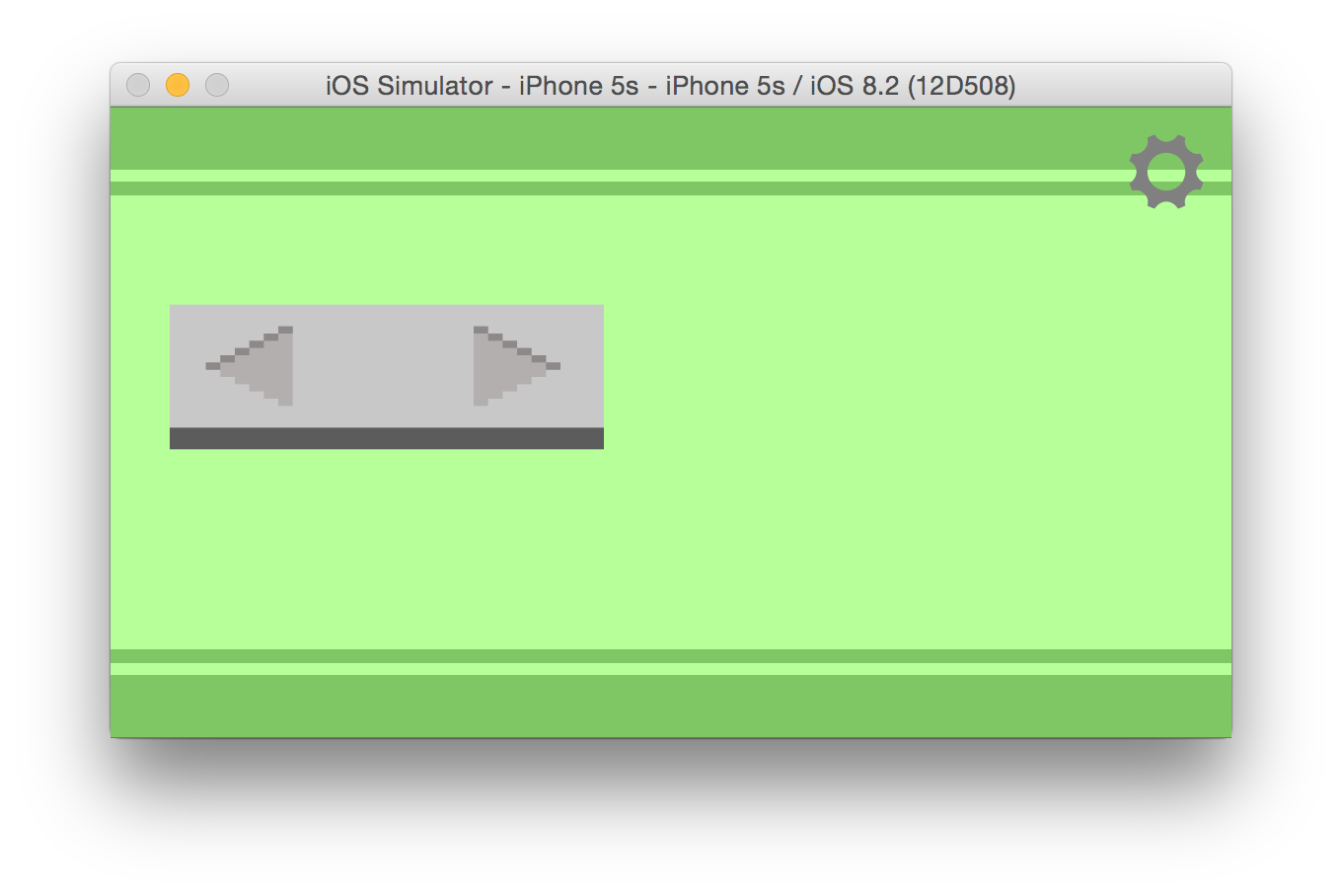
touch

Note: touch x and y are reported in
gamepad.axes[13]andgamepad.axes[14]. The values are normalized with 0.0 in the center and -1 to 1 at the edges. You probably want to choose some range smaller than that to actually use because various mobile OSes like to do things near the edge of the screen like switch apps or make various UI elements appear.
You can also set a few boolean options in the form of
<script src="happyfuntimes-gamepad-emu.js" hft-options='{option:true}'></script>
Or example setting all options might look like this
<script
src="happyfuntimes-gamepad-emu.js"
hft-options='{
controllerType: "2dpad",
dpadToAxis: false,
axisOnly: true,
reportMapping: true,
maxGamepads: 16,
}'></script>
dpadToAxis
normally dpad values show up as both buttons and axes. Settings this to false means they will only show up as buttons
axesOnly
settings this to true means dpad values will only show up as axes.
reportMapping
Gamepads have a mapping field. The spec only defines 2 values, "standard" and "".
This script defaults to reporting standard even though it can't support all 14 inputs
and 4 axes. Setting reportMapping to true will make the script report
happyfuntimes-<controllerType>-controler so your game can check for that if you want.
maxGampads
Let's you set a maximum number of gamepads. The default is unlimited.
If you set this then when more than that many phones connect those players
over the limit will be put in a waiting list. If other players quit they'll
be added to the game in the order they connected. Also see queue in API
provideOrientation
Set to true to provide the phone's orientation. Imagine the phone in portrait mode
lying flat on a table. In that case.
gamepad.axes[4] = y rotation. eg: rotation on table. Range 0 to 360
gamepad.axes[5] = x rotation. eg: lift the phone to face you or tilt away from you. Range -180 to 180
gamepad.axes[6] = z rotation. eg: tilt the phone to the left or right. Range -90 to 90
provideAcceleration
Set to true to provide motion data from the phone. All values are in meters per
second squared. Note: different phones seem to have different sensitivities.
Imagine the phone in portrait mode lying flat on a table. In that case.
gamepad.axes[7] = x motion: eg moving the phone left to right
gamepad.axes[8] = y motion: eg moving the phone away from you or toward you (forward and back)
gamepad.axes[9] = z motion: eg moving the phone above / below the table
provideRotationRate
Set to true to provide rotation rate data from the phone. All values are in degrees per
second. Note: different phones seem to have different sensitivities.
Imagine the phone in portrait mode lying flat on a table. In that case.
gamepad.axes[10] = y rotation. eg: rotation on table.
gamepad.axes[11] = x rotation. eg: lift the phone to face you or tilt away from you.
gamepad.axes[12] = z rotation. eg: tilt the phone to the left or right.
name
Only used if more than one game is running on HappyFunTimes.
API
There's an extra hft property on gamepad objects provided by this script. It has
some properties/functions you can use to interact with HappyFunTimes and the controller.
color
color is a CSS color. By default the script tries to give each controller a unique color. You can look at this field in the game if you'd like to match the color of the player's avatar to the color of the controller. Conversely you can set this value to a valid CSS color value and the contoller will change color to match. (eg, "red", or "#37EF4D", or "rgb(25,17,123)", etc.)
name
Name is the name the user set on their phone when they started playing. If they change the name it will be updated
netPlayer
This is the HappyFunTimes NetPlayer object. You'd probably be better off making a custom HappyFunTimes controller if you want to do anything um, custom? A few things you could without a custom contoller are for example register a handler to be notified if the user changes their name or if they're busy in the system menu.
queue
A function you can call to remove this gamepad from the active gamepads and put them
in the queue of waiting players. If you set a maxGamepads setting then any players
over the limit are in a queue of waiting players. Calling queue on a gamepad takes
an active player's gamepad and puts it on the waiting list letting the longest waiting
player into the game. If there no players waiting this is a no-op.
2 use cases come to mind. One, you have a life based game. Each time a player dies you
call gamepad.hft.queue() on that player's gamepad letting the next player play. Another is
you have a round based game. At the end of a round you call gamepad.hft.queue() on all gamepads
to get a fresh set of players.
setOptions
Let's you change a controller's controller type. These options are the same as the
options listed above but they are per controller. The only valid per controller
options are controllerType, provideOrientation, provideAcceleration,
provideRotationRate.
GET INVOLVED!!!
Make some awesome games with HappyFunTimes!! If you have suggestions, ideas feel free to add them or make a pull request!
Building
If you want to change something about this or make a new controller, well first off you can make controllers for HappyFunTimes games without any of this. See HappyFunTimes. But if you want to fix something or make a cool edition a brief explaination.
Setup
- Install node.js.
- Open a node command prompt and type
npm install -g http-server(you might need asudoin front) Run these commands
git clone git://github.com/greggman/hft-gamepad-api.git cd hft-gamepad-api npm install
Building
Just type
grunt
Running
- Run HappyFunTimes
open a shell/terminal/command prompt with node.js
cd path/to/repo http-server -p 8081Open a browser window to `http://localhost/8081/test/test.html" (This runs a test)
- Open another browser window to
http://localhost:18679(this opens a controller on HappyFunTimes) - Open an iOS simulator. Start Safari and go to
http://localhost:18679 - Pull out your phone, Start Safari or Chrome and go to
http://happyfuntimes.net(your phone must be on the same router as your computer).
What's happening? HappyFunTimes is a web server. For this particular case it serves web pages to the the phone/simulator/controller windows.
Your game (represented by test.html) runs whereever you're currently hosting it. For this case that's the web server we started with http-server.
The script in the game will connect HappyFunTimes running on the same machine. It will give the controller files to HappyFunTimes.
HappyFunTimes will then direct any controller that connects to it to load those files. The game and the controllers pass messages to
each other through HappyFunTimes.
Code
The script has 3 main parts.
src/hft-connect.jsis code to try to connect to HappyFunTimes.controlleris a set of files that implements a standard HappyFunTimes controller.src/controller-support.jsis code that uses aGameServerto talk to HappyFunTimes to receive messages from phones and to emulate the HTML5 Gamepad API. It also sends files the controller files from #2 to HappyFunTimes to serve to the phones. Those files bundled into strings as part of thegruntbuild process.
The build pulls all of this into one easy to use script
Docs
You should probably read the HappyFunTimes docs.
Dev Tips
Use the Safari or Chrome remote debugging to see what's happening on the phone. Google it.
In
controller/scripts/controller.jsyou can useclient.logandclient.errorto send log messages from the controllers to the game. That can be useful for debugging. Just remember to remove them before you ship as they'll be eating up your bandwidth.If you use
console.logorconsole.erroranywhere you'll get an error by the eslint when you build. add// eslint-disable-lineto work around thatconsole.log("foobar"); // eslint-disable-lineYea, a little annoying. Sorry about that.
Make sure you have a good connection to your router from both your computer and your phone. Bad connections suck.